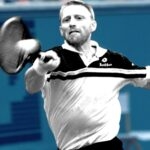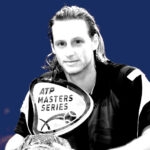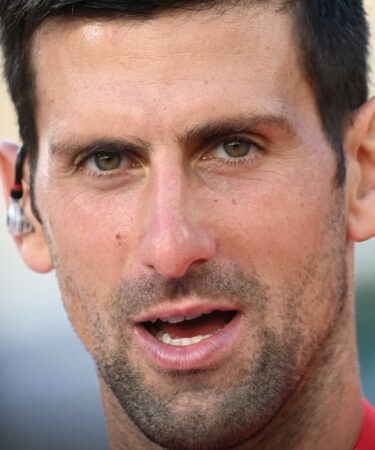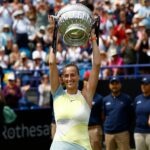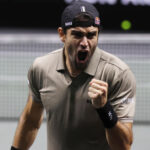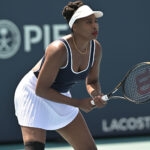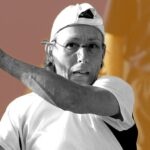October 21, 2007: The day David Nalbandian achieved Madrid glory after dismissing Big Three
Every day, Tennis Majors takes you back in time to celebrate an important moment in tennis history. Today, we go back to 2007. On this day in 2007, David Nalbandian became the first player to beat Roger Federer, Rafael Nadal and Novak Djokovic in the same tournament – a feat that no one repeated again
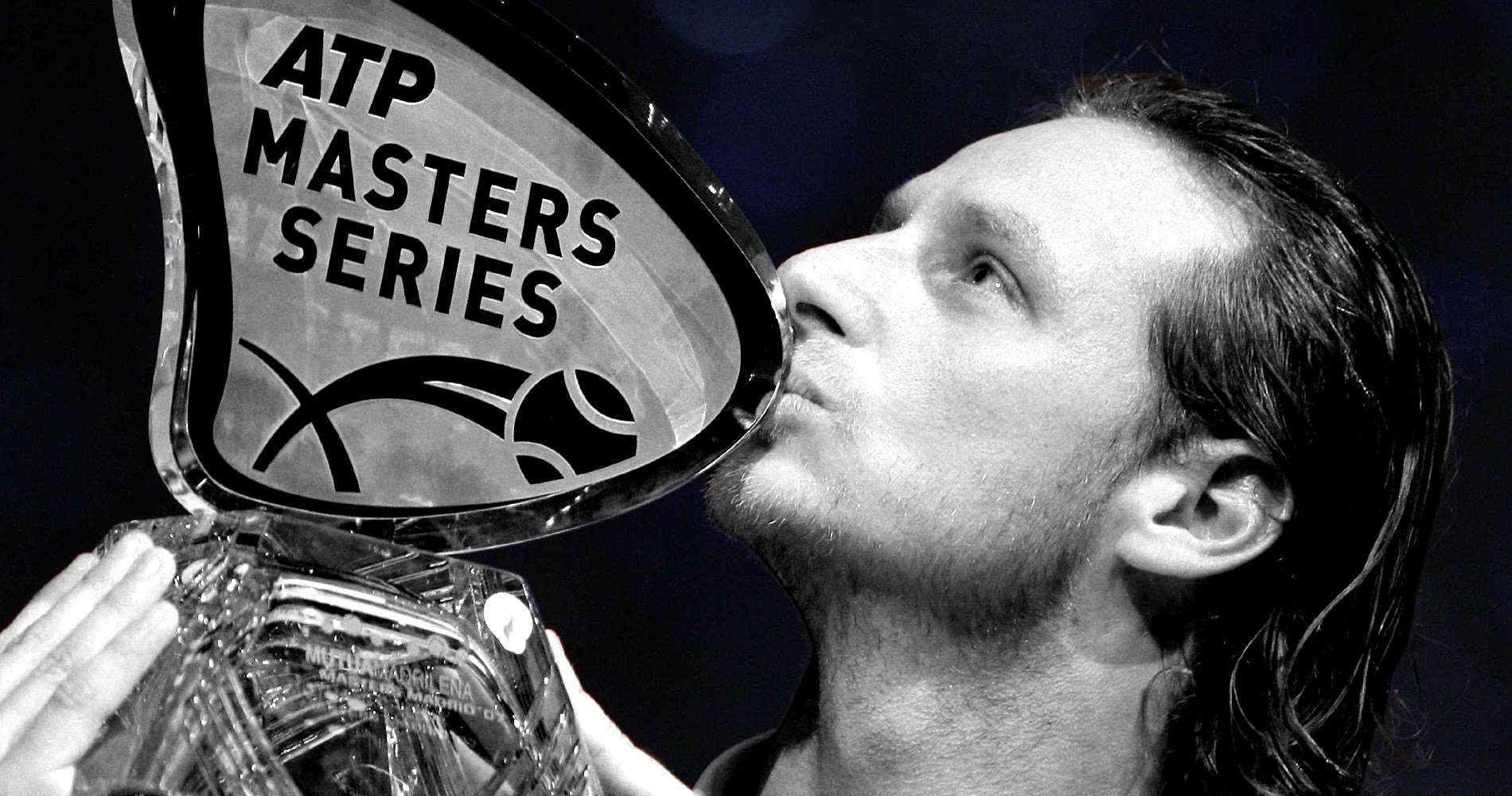 Nalbandian OTD 10_21
Nalbandian OTD 10_21
What happened exactly on that day?
On this day, October 21, 2007, world No 25 David Nalbandian defeated world No 1 Roger Federer 1-6, 6-3, 6-3 in the final of the ATP Masters 1000 in Madrid. It was the perfect ending to cap off an amazing week in which he had already defeated world No 2 Rafael Nadal and world No 3 Novak Djokovic. 16 years later, the Argentine remains the only player to have beaten the Big Three in the same tournament.
The players: David Nalbandian and Roger Federer
- David Nalbandian: The talented Argentine considered one of the best to never win a Grand Slam
David Nalbandian was born in 1982 and was one of the most gifted players of his generation, displaying a smooth technique and a wonderful two-handed backhand. Very successful as a junior, he made himself famous in 2002, when he reached the Wimbledon final at the age of 20 (defeated by Lleyton Hewitt 6-1, 6-3, 6-2).
The following year, he lost to Andy Roddick in the US Open semi-finals (6-7, 3-6, 7-6, 6-1, 6-3), and in 2004, the Argentine made his way to the final four at Roland-Garros (lost to Gaston Gaudio 6-3, 7-6, 6-0). He won the most important tournament of his career at the ATP Masters Cup in 2005, defeating Federer in the final (6-7, 6-7, 6-2, 6-1, 7-6).
In 2006, Nalbandian became one of the few players to have reached at least the semi-finals in every Grand Slam when he advanced to the last four at the Australian Open (defeated by Marcos Baghdatis 3-6, 5-7, 6-3, 6-4, 6-4).
Considered as one of the best players to have never won a Grand Slam title, Nalbandian struggled with injuries for most of 2007. Ranked No 8 at the start of the year, he was down to No 25 in October and had reached just one single final till this point of the season.

- Roger Federer: The 12-time Grand Slam champion on his way to G.O.A.T.ness
Roger Federer, aged 26, was world No 1 without a break since February 2, 2004. Since 2003, he had won 12 Grand Slams: the Australian Open (2004, 2006, 2007), Wimbledon (2003, 2004, 2005, 2006, 2007), and the US Open (2004, 2005, 2006, 2007).
In 2006, his best season, he claimed 12 titles, including three Grand Slams, the ATP Masters Cup and four ATP Masters Series. He had a record of 92-5, with four of those losses coming against his only serious rival at the time, Rafael Nadal. The Spaniard was the main reason Federer had not yet won the French Open yet. The Swiss genius lost to Nadal in the semi-finals in 2005 (6-3, 4-6, 6-4, 6-3) and in the final in 2006 (1-6, 6-1, 6-4, 7-6) and 2007 (6-3, 4-6, 6-3, 6-4).
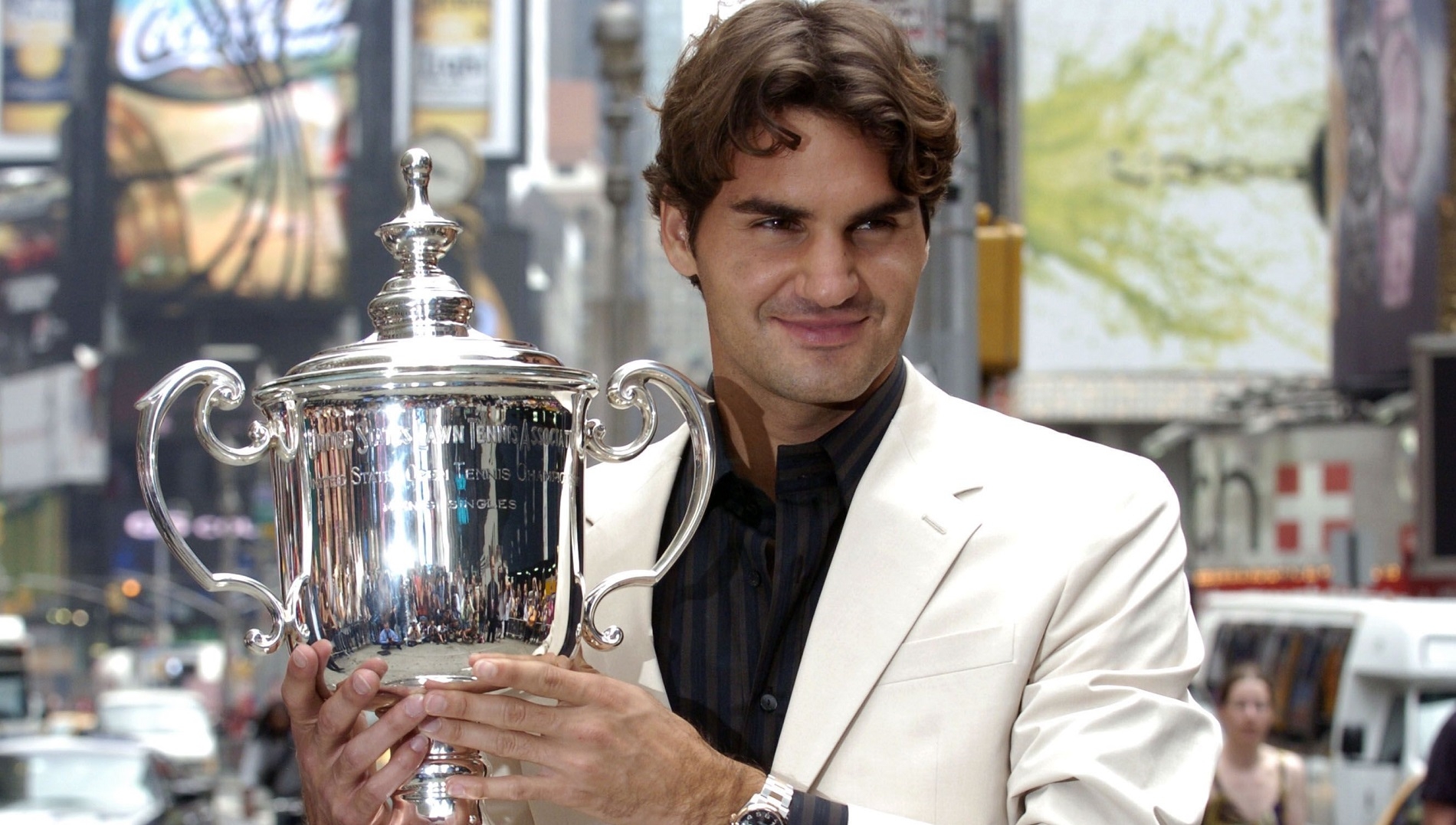
Federer had started 2007 by winning the Australian Open without dropping a set, beating Fernando Gonzalez in the final (7-6, 6-4, 6-4). He then had a strange March during the Indian Wells/ Miami stretch, where he lost twice against the same player, Argentine veteran Guillermo Canas, who was coming back on the tour after being suspended for using a banned substance.
Back in form by spring, Federer triumphed in Hamburg defeating his Spanish nemesis on clay for the first time in the final (2-6, 6-2, 6-0). At the French Open, however, Nadal beat Federer in the final. The Swiss took his revenge over the left-hander at Wimbledon, where prevailed in the final after a five-set combat (7-6, 4-6, 7-6, 2-6, 6-2), and he secured his No 1 spot by triumphing at Flushing Meadows (defeated Novak Djokovic 7-6, 7-6, 6-4 in the final).
The place: Madrid, Spain
The Madrid Masters 1000 had been established in 2002, taking the slot in the calendar previously held by the Stuttgart Open. It was played on indoor hard courts at the Madrid Arena, a venue which was unveiled in 2002 and could host 12,000 spectators. The former champions of the Madrid Masters 1000 were Andre Agassi (2002), Juan Carlos Ferrero (2003), Marat Safin (2004), Nadal (2005), and Federer (2006).
The facts: Nalbandian takes down the Big 3
After playing well below his best level over the past 15 months, no one expected David Nalbandian to reach the final at the Madrid Masters 1000. After his slump in the rankings, in order to make his way to the final, he had to beat both Nadal and Djokovic.
However, the Argentine had always been one of the best players in the world when he was motivated and fit. In the quarter-final, he dismissed the Spaniard in straight sets, 6-1, 6-2. In the next round he confirmed his great form, outplaying Djokovic 6-4, 7-6 to set up a final clash against Federer.
“This is a very important win for me as I haven’t had a good year,” Nalbandian said, according to atptour.com. “I had some physical problems this year but I’ve been working hard, regained confidence, and today I got the reward on the court.”
The Swiss knew how dangerous Nalbandian could be. He had lost his first five encounters with the Argentine in 2002 and 2003, and although he was now leading their rivalry 8-6, his loss in the final of the 2005 Masters Cup was there to remind not to take victory for granted.
The world No 1 made a strong start, taking the first set, 6-1, but then, pressured by Nalbandian’s pace and precision, he started missing more. After an hour and 49 minutes of play, the Argentine triumphed 1-6, 6-3, 6-3. No one had ever beaten Federer, Nadal and Djokovic in the same tournament, and the Nalbandian was only the second player in tennis history to defeat the three top-ranked players in the world consecutively, after Boris Becker had done so at the Stockholm Open in 1994.
“I was very focused, knowing I’d have to play incredibly to win and everything went right for me,” Nalbandian said. “It was a big boost for me to beat so many good players here this week.”
“I guess when you beat Nadal and Djokovic back-to-back, you come into the final feeling better than ever,” said Federer. “It was a pity I couldn’t stop him today.”
What next? Nalbandian also wins Paris to cap off his last great season
Two weeks later, Nalbandian would achieve another extraordinary feat, beating both Federer and Nadal a second time to triumph at the Paris Masters 1000 and finishing the year as world No 9.
It would be his last season finishing in the top 10. Struggling with motivation and not as fit as in his prime, Nalbandian would never beat a top three player again nor would he reach the quarter-finals at another Grand Slam tournament. In 2012, he hit the headline after he was defaulted in the final of the Queen’s Club Championships after unfortunately kicking a linesman in a burst of anger and would eventually retire in October of 2013.
